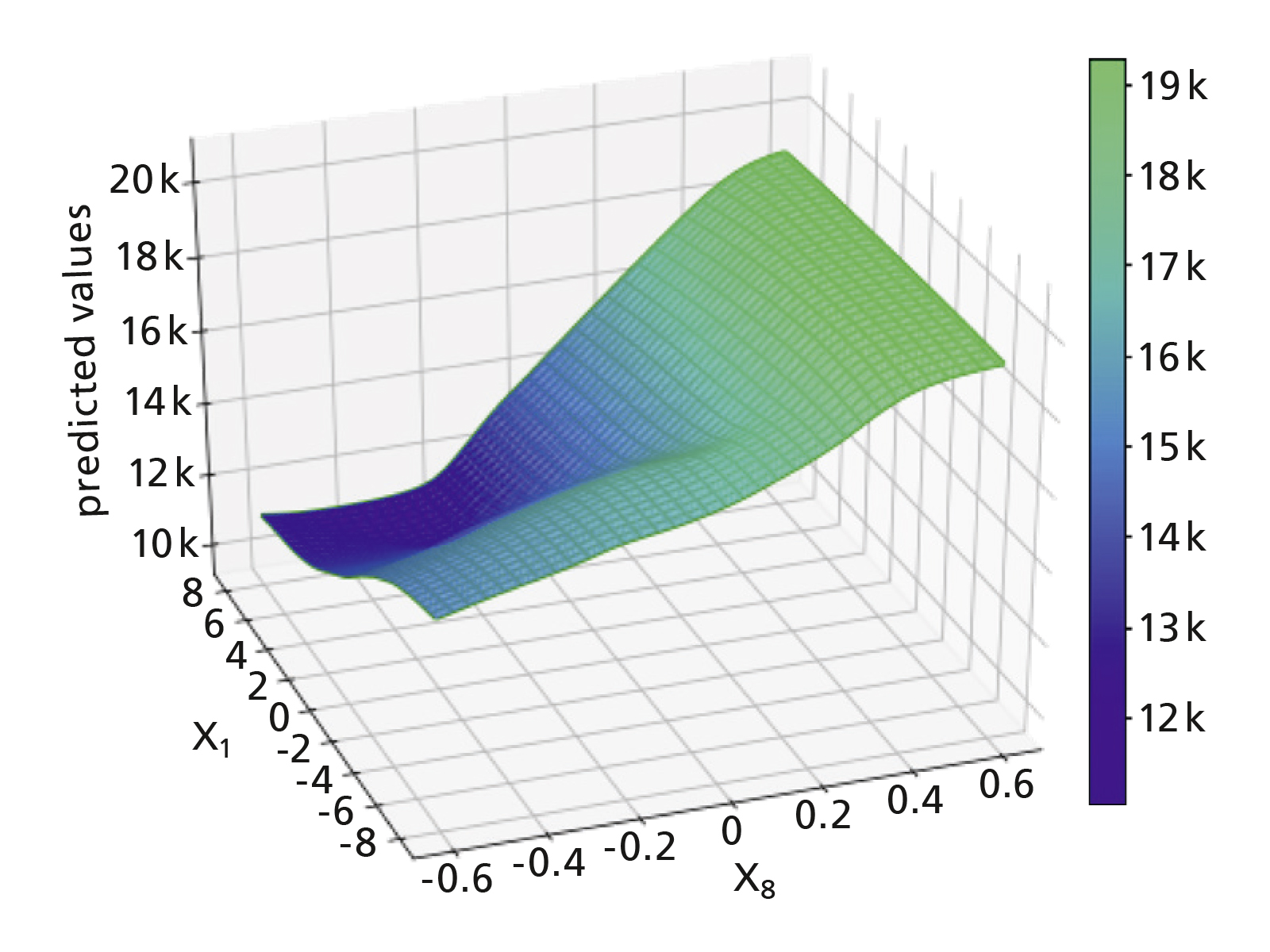Insurance companies must regularly present the so-called solvency ratio to the public. This is intended to provide indications of how crisis-proof the providers are. The calculation is very complex and specific, and many companies only perform it once a year. Financial mathematicians are helping to calculate the solvency ratio using artificial intelligence (AI). What this means is explained in an interview with Dr. Stefan Mai:
Solvency Capital Calculation: First of all, we should clarify the current meaning of the solvency ratio for insurance companies and how it is dealt with.
The new European supervisory regime Solvency II has been in force since January 2016 - with the aim of avoiding insolvency of insurance companies or ensuring that companies can fulfill their commitments even under extreme circumstances such as crises. Solvency capital is calculated in different ways, with the calculating company having to take into account all risk scenarios relevant to it in its internal model. Examples of major crises can be natural catastrophes, stock crashes or a strong demand for health insurance services due to epidemics/pandemics. The solvency ratio is a point of reference for the precautions taken by the insurance company.


